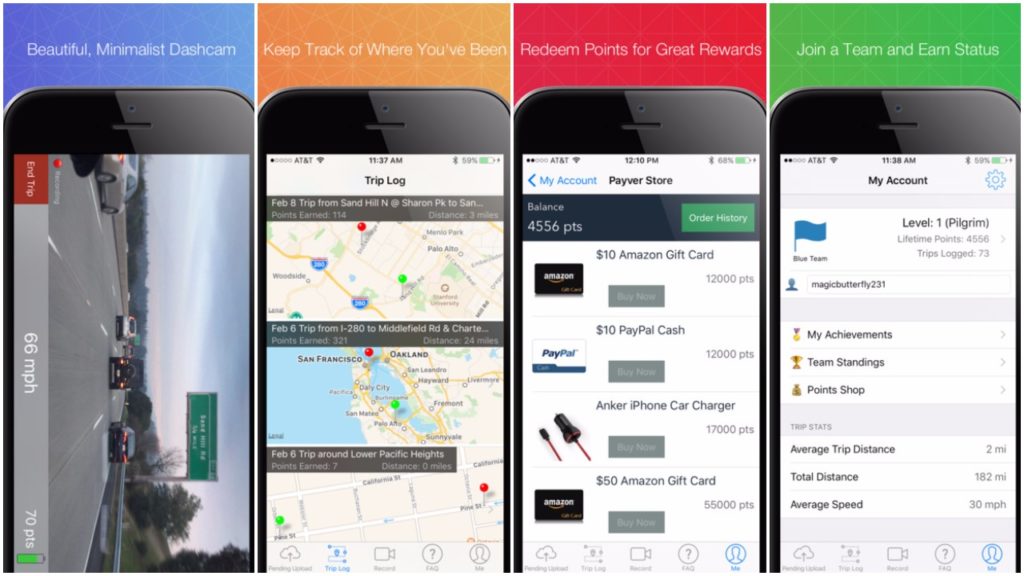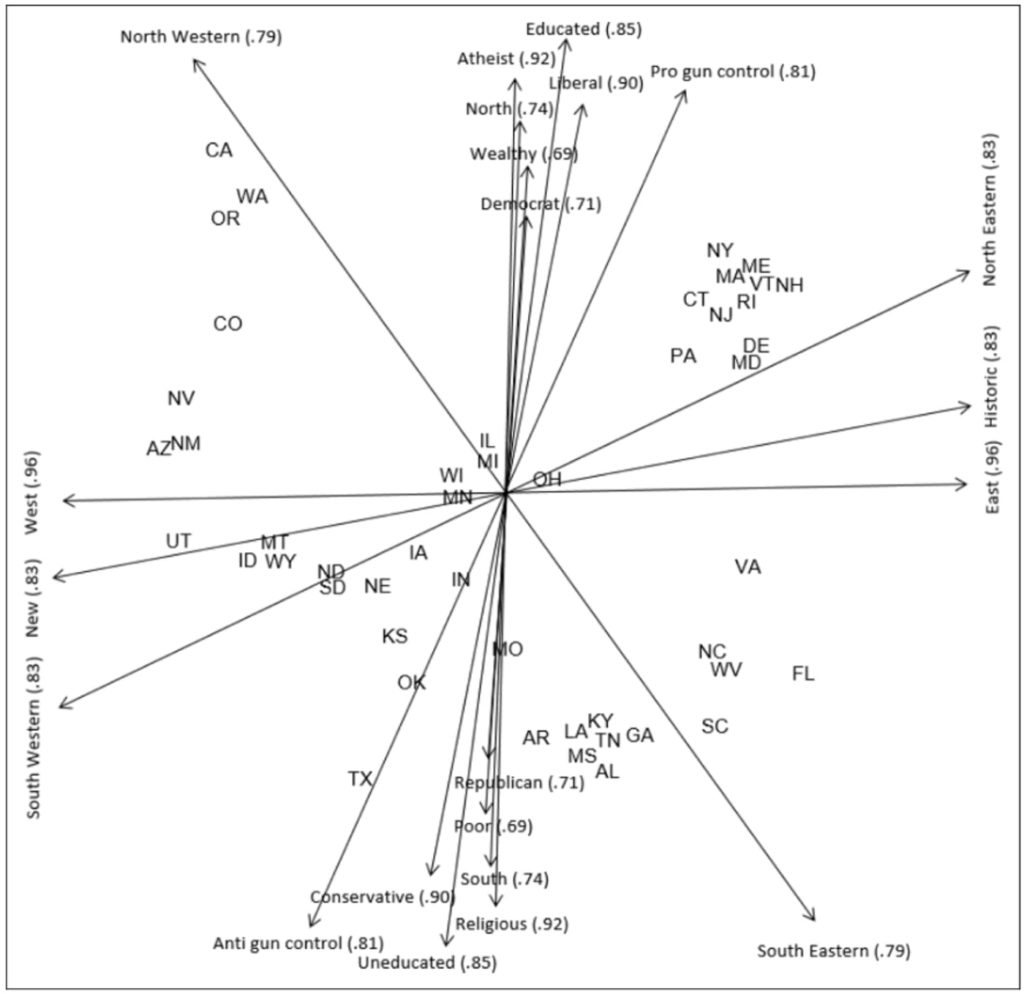
This startup will pay you to collect data for self-driving cars
When Waze was born, it offered users something the ever-popular Google Maps wasn’t– real-time updates from real-life drivers. Now, two ex-engineers from Tesla’s Autopilot team and a former computer vision expert from iRobot are trying to replicate that winning formula for self-driving cars.
Last December, Andrew Kouri, Erik Reed and George Tall formed Lvl5 – a 3D mapping and localization startup that builds computer vision software for high-precision maps. The technology can help an autonomous vehicle to ‘see’ the road by recognizing different elements on the street, like traffic signals, street lights, sidewalks, lane markings, etc. The startup is claiming an accuracy of within 10cm.
Now, to make the project a success, Lvl5 needed data. Tons of data. All reflecting the latest road conditions. To deploy its own fleet of mapping vehicles à la Google would have proven too expensive. And there could never be enough such vehicles updating the information constantly all over the country. Crowdsourcing was the only way to go.
So, the trio designed an iPhone app called Payver – a dashcam that would pay users up to $0.05/mile to collect data. For initial adoption, Kouri adopted a really clever marketing strategy. He went to the San Francisco International Airport, started knocking on the windows of Lyft and Uber drivers, handed them free phone mounts and got a ton of people to sign up for his app. In three months flat, the startup had gotten around 2,500 drivers onboard and was able to map almost 500,000 miles across the United States.
You can also get in on the program by downloading the app and converting your car into a cool mapping vehicle! Though your ‘home to office and back’ route probably won’t get you a significant amount of money, you can do plenty of cool stuff like maintaining a trip diary to find out better routes, collecting evidence in case of a collision, or simply competing with your friends to see who’s the first one to map the roads near you!
Lvl5 says that it is currently testing out its pilot program with a major automaker, though it won’t take names just yet. The ultimate aim to get as many automakers enrolled as possible, and charge them a monthly fee in return of updated maps.
The startup is convinced that it has a better model in place than Mobileye, HERE or TomTom because its technology can make self-driving cars a reality much faster than LiDAR-based programs can. Though computer vision is an approach Tesla is also betting its money on, how successfully Lvl5’s plans pan out is something we will have to wait and see.





